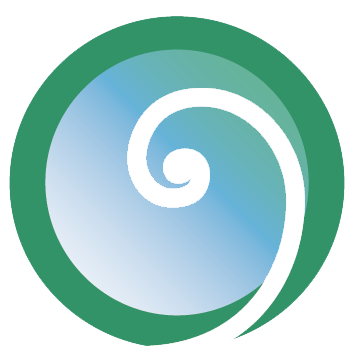Come See for Yourself
Over the years, I've experienced various types of mindful movement, hands-on healing, energy work, and meditation, with life-altering positive changes as a result. These ways of learning and healing have been so powerful and make so much sense to me now, that I sometimes forget about the vital role of skepticism.
It's important to question authority, even when there's ample anecdotal "proof" that something is effective. When it comes to "mindfulness" -- a catch-all phrase these days if ever there was one -- it's not enough to take my word for it. Even the Buddha insisted on testing his wisdom; he was clear that the invitation is always to try out what he claimed would eliminate suffering and lead to liberation, and one of his most famous sayings is, "ehipassiko - come see for yourself."
To truly test a practice and its effects on your life, you must actively engage with the practice. But it may be easier to give something a try if you know its proven track-record. Here are multiple links to evidence for the effectiveness and the health benefits of the things I practice and teach: Alexander Technique, Qigong, and Mindfulness Meditation.
Alexander Technique
52 Reasons to Try Alexander Technique begins with a well-known study on AT and back pain, published in the British Medical Journal, and goes on from there. Most of the 52 reasons are science-based.
An even better resource is Alexander Technique Science – my new favorite site to learn about all the evidence-based studies being done by people who are both AT teachers and neuroscientists or biophysical movement research experts. (If you’re geeking out about what you see at this site, considering taking their September webinar. I did it last year and it is excellent.)
Qigong
A Comprehensive Review of Health Benefits of Qigong and Tai Chi is exactly that: comprehensive. Don't be daunted by the medical/academic research. The review provides tons of research resources, and concludes, in part:
These two forms of meditative movement, Qigong and Tai Chi, are close relatives having shared theoretical roots, common operational components, and similar links to the wellness and health promoting aspects of traditional Chinese medicine. They are nearly identical in practical application in the health enhancement context and share much overlap in what traditional Chinese medicine describes as the “three regulations”: body focus (posture and movement), breath focus, and mind focus (meditative components).
Mindfulness Meditation
I Was A Skeptic Of Mindfulness … Until I Tried To Make My Case is the sort of evidence-based story I can appreciate. The author personally pooh-poohed this until he tried it. And guess what? "I forgot that skepticism can sometimes be as flawed as the science it seeks to temper," he admits. When he looked at the hard science behind mindfulness practices, he was pleasantly surprised.
Subjects in several studies reported being less anxious, feeling less depressed and suffering through less physical pain than before they began a mindfulness-based stress reduction program, compared with participants who received no structured therapy.
You can find more evidence about MBSR in particular here.
As for the efficacy of mindfulness practices, there has been such successful research over the past 20-plus years that you can simply use Google Scholar to see what’s recent and relevant.
If you are motivated by hard evidence, keep digging for clearcut, proven studies that bear out what people have known for thousands of years.
Then you will need to actually enter into an experience of these modalities. None of them are theoretical, all are direct approaches to human psychophysical functioning that involve regular practice over time in order to make change and see growth.
Once you are satisfied that there is something proven that could help you, what stops you from giving that to yourself?

